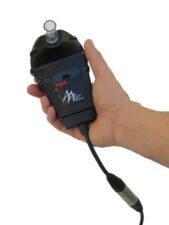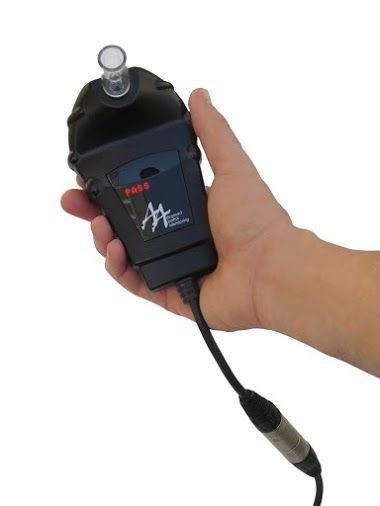 Changes: they might be coming to Maryland’s ignition interlock program. Governor Larry Hogan is attempting to change the way drunk drivers are punished in the hopes that the number of alcohol-related injuries and fatalities drop, and he’s taking big steps to do so.
Changes: they might be coming to Maryland’s ignition interlock program. Governor Larry Hogan is attempting to change the way drunk drivers are punished in the hopes that the number of alcohol-related injuries and fatalities drop, and he’s taking big steps to do so.
Maryland has had an ignition interlock program since 1989. Right now, anyone who blows a .15 or higher blood alcohol concentration (BAC) on a breathalyzer can opt in and install device in any vehicle he or she drives without an administrative Motor Vehicle Association (MVA) hearing.
If you are a first offender who blows between a .08 to .14, you can’t automatically opt into the program. Ignition interlock device installation will be determined by a judge and are only required after a second offense.
For the most part, first offenders in the .08 to .14 BAC range receive a restricted drivers license for 45 days. That means they can drive only in situations that are necessary like to work or school. What Governor Hogan is proposing is that these offenders be allowed to opt in to the ignition interlock program, allowing them to install an ignition interlock device without a MVA hearing, and he believes that will reduce the amount of drunk driving crashes in Maryland.
Maryland sees approximately 7,900 drunk driving crashes on a yearly basis, and an estimated 170 people die due to someone’s choice to drive drunk. Although Governor Hogan believes the expanded ignition interlock program will result in fewer DUI-related fatalities, people who oppose the plan think it could overwhelm the MVA system in Maryland.
There are currently 11,000 offenders who use ignition interlock devices in Maryland. If Governor Hogan’s plan passes, there could be up to 40,000 more who join in, and that will mean safer roads for everyone who drives on them.
